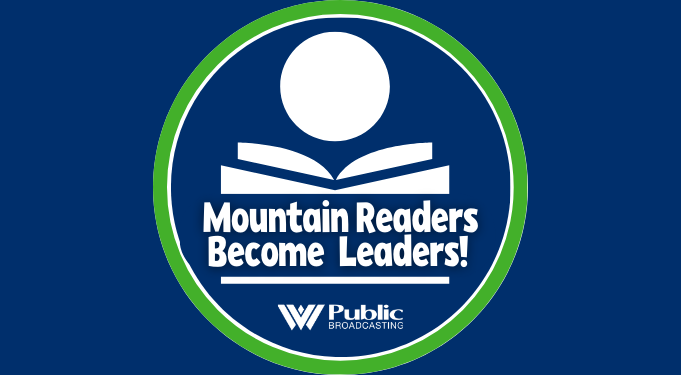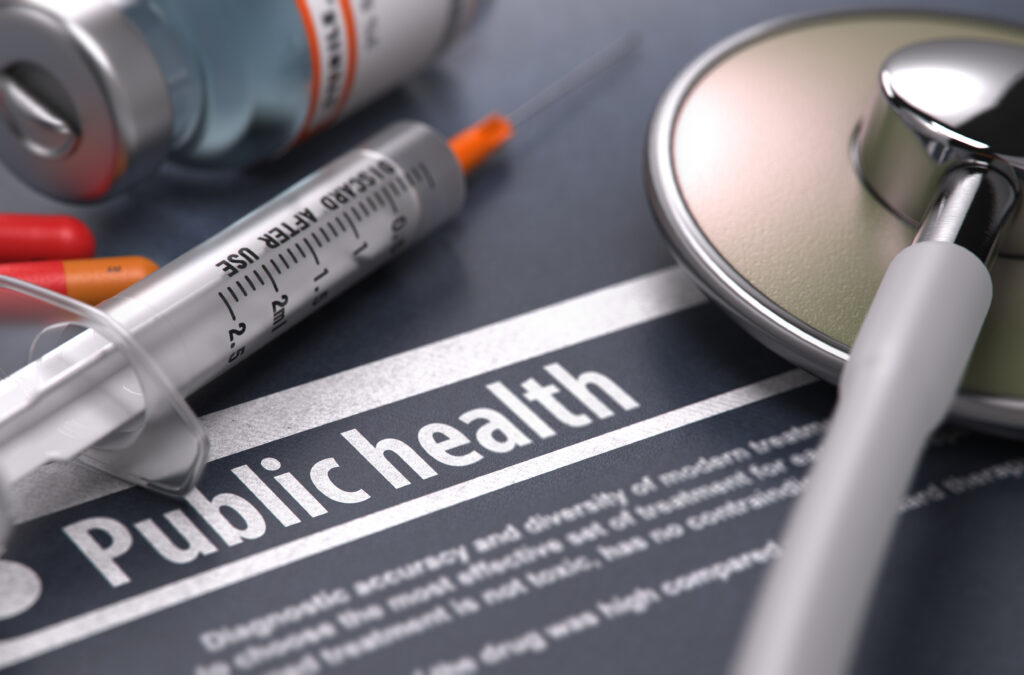The End Of The COVID-19 Public Health Emergency Brings Changes To Benefits
Thursday, May 11, the U.S. officially canceled the designation of COVID-19 as a public health emergency in the country.
Also this week, the World Health Organization (WHO) removed its designation for COVID-19 as a “global health emergency.”
For the first time in more than three years, the general public and health providers will live in a post-COVID-19 world, at least on paper.
As the world steps into the actuality of the “new normal,” how do the end of these designations affect West Virginians?
The Virus
While COVID-19 is no longer a health emergency, it is still an infectious illness that is a significant cause of acute illness and can cause long-term health complications all over the body known as long COVID. In special populations, COVID-19 is still life-threatening.
According to Clay Marsh, West Virginia’s COVID-19 czar, current research shows that staying current with recommended vaccination reduces the risk of long COVID, as does taking the oral anti-viral paxlovid or the drug metformin, if one tests positive for COVID-19.
“We have learned a lot about COVID-19, and to further ensure our health, we need to continue to practice what we learn,” Marsh said. “COVID-19 will remain an infectious disease that will cause illness, hospitalization and death, but by staying smart and following the guidance of our healthcare providers, we can keep each other safe and stop more preventive deaths from COVID-19.”
The Food and Drug Administration and the Centers for Disease Control (CDC) have recommended another booster for those over 65 years old and are four months or more from the last Omicron COVID-19 shot. Those who are immunocompromised will benefit from another shot as soon as two months after the last, according to the CDC.
The West Virginia Department of Health and Human Resources (DHHR) recommends West Virginians check the state’s vaccine calculator to see if they are due for a booster shot.
In West Virginia, 8,125 deaths have been attributed to COVID-19, as of May 10, 2023.
Pandemic-Era Healthcare Benefits
During the Public Health Emergency, Medicaid and the Children’s Health Insurance Program (WVCHIP) suspended eligibility redetermination processes, allowing coverage to continue regardless of changes in circumstances.
However, Medicaid and WVCHIP continuous eligibility provision was separated from the Public Health declaration in December 2022. This signaled the beginning of the unrolling of beneficiaries from these programs.
“For the past three years, the Medicaid program has been growing,” said Rhonda Rogombe, health and safety net policy analyist for the West Virginia Center on Budget and Policy. “One because people were not losing coverage. And two, the pandemic triggered an economic downturn that like made a lot more people eligible for the program.”
When the upcoming unrolling of benefits was announced, advocates worried beneficiaries would lose their coverage because they may have moved over the pandemic.
“Most of the denials that we’re seeing on the national level, are for procedural reasons, which means that somebody didn’t determine their paperwork or fill it out correctly,” Rogombe said. “We don’t have specific state numbers yet. We still see them by the end of the month. But West Virginia follows natural trends when most people who are losing coverage are losing it because they didn’t complete and return that paperwork on time.”
Jaqueline Hale is the Virginia State Network Director at Unite Us. Unite Us West Virginia is a network of health and social service providers. The network is supported by an West Virginia-based Unite Us team focused on community engagement, network health and optimization and customer success. Hale also covers portions of southern West Virginia.
“The fact that people haven’t had to do this for three years, so one, that could be out of practice,” Hale said. “I know, I’m always struggling to find, you know, where’s the shot record? Where’s that last pay stub? Right? How do I download it from wherever if you even have that capacity to have access to an online payroll. So it’s just a heavy administrative burden and recognizing that a lot of our families, a lot of our individuals are dealing with multiple complex issues.”
Those who may have lost their benefits or health insurance coverage during the unrolling process can submit the required renewal forms for coverage redetermination through West Virginia People’s Access To Help (WVPATH).
For those who no longer qualify, West Virginia Navigator is a free, non-profit program that offers enrollment assistance for the Health Insurance Marketplace and is available to any West Virginia resident.
SNAP and Food Banks
According to advocates for food security, charitable programs are unable to support those facing hunger fully. A combination of charity and government assistance programs are necessary to help bridge the meal gap, especially in a post-COVID economy with record-breaking inflation rates.
Cyndi Kirkhart is the CEO of Facing Hunger Food Bank, based in Huntington. It is one of only two food banks in West Virginia. The other is Mountaineer Food Bank, based in Gassaway.
Food insecurity will only increase along with inflation costs. Kirkhart said she budgeted $2.5 million to purchase food for the Facing Hunger Food Bank in 2022. The bank actually expended $4 million to feed its community.
Along with other changes to beneficiary requirements, on July 1, the work requirements for the Supplemental Nutrition Assistance Program (SNAP) for “able bodied adults without dependents” resumes, statewide.
Since April 2020, the West Virginia Department of Health and Human Resources has issued SNAP emergency allotments, increasing each household’s monthly benefit.
Now, those monthly SNAP benefits have returned to the pre-COVID-19 Public Health Emergency level based on the household’s income, assets, household size, and other non-financial factors. About 170,000 households have been affected.
SNAP is a program of the U.S. Department of Agriculture administered by DHHR’s Bureau for Family Assistance.
The “able-bodied adults without dependents” work requirement reinstatement will impact SNAP recipients ages 18 to 49 without children or other qualifying dependents, and who lack an identified condition that would prevent them from participating in a qualifying work, volunteer, or education activity.
“The stigma associated with the word ‘able bodied’ insinuates that they are unable to ascertain work and that’s not entirely the case,” Devon Lopez, associate director of customer and community success at Unite Us West Virginia, said. “However, our platform really is designed to empower organizations to help connect individuals in need for services. And so really taking the stigma associated with what asking for help might look like for individuals in the community, and really empowering organizations to help be the advocate for them and connect them to those resources.”
According to the DHHR, all potentially affected individuals will receive a letter in mid-May with more information.
“We know that someone’s overall health is adversely affected by their ability to be able to access food and proper nutrition,” Lopez said. “So in the past three years, they’ve been able to access, you know, these benefits that have been providing them with food boxes and meals. However, as they no longer qualify on this public health emergency ends, and they’re, they’ll have to re enroll for these or just not qualify for them at all anymore, we’re going to see a severe increase in those with those food needs.”
Kirkhart said work requirements are more complicated for those living in rural areas.
“You know, obviously folks focus on some of the expectations that there’s work associated with getting benefits and those type of things,” Kirkhart said. “The narrative never changes about that, because we serve very rural and remote communities where there is no public transportation. There are few if any jobs are volunteer opportunities to complete hours.”
Kirkhart also said her food bank and its mobile units are already seeing an increase in need in the community from the beginning of this year’s unrolling of beneficiaries. She expects to see more families in need after their stores of food run out.
“We’re kind of seeing the increases that I kind of expected would occur,” Kirkhart said. “So right now we’re about 25 percent (of spent funding), over the previous like 23 percent. Our mobile pantries in this last month have really started to grow. So I expect statistically, after review of this month, we’ll probably see more than 35 percent because sometimes people had food resources, and you know, they had kind of stocked up in anticipation.”






















 Adobe Stock
Adobe Stock
